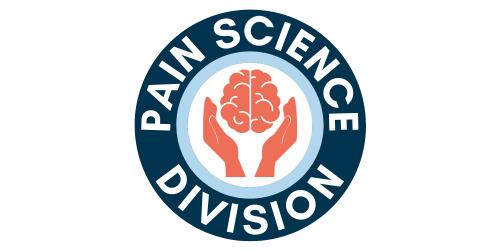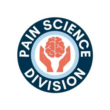Fear of injury predicts self-reported & behavioral impairment (LBP)

Article Review: Fear of Injury Predicts Self-Reported and Behavioral Impairment in Patients with Chronic Low Back Pain
Review contributed by: Shane Kachur, PT
Original article: Thibodeau MA, Fetzner MB, Carleton RN, Kachur SS, Asmundson GJG. Fear predicts self-reported and behavioral impairment in patients with chronic low back pain. The Journal of Pain 2013; 14(2):172-181.
For a long time, fear of pain and re-injury have been believed to be an important factor in pain-related anxiety and to be critical to the development of chronic pain and subsequent disability. However, when pondering the research, the measures of fear of injury have been a secondary interest in most studies. In previous studies, the researchers have measured fear of injury indirectly through other constructs such as fear of illness and fear of movement. In this study, we (researchers at the University of Regina) wanted to study fear of pain and re-injury more directly and wondered how it would predict anxiety and disability. In the present study, fear of injury was tested as an independent contributor to pain-related anxiety and reported disability. We selected 78 patients (37% women) from a work-hardening/condition treatment program for work related chronic low back pain in Regina, SK. It was a sample of convenience as they had just completed their program this year. As part of their program, participants were asked to complete self-report measures of pain-related anxiety (PASS-20), anxiety sensitivity (Anxiety Sensitivity Index), fear of injury (Fear of Pain Questionnaire), current pain (VAS), and rate their disability (Revised Oswestory). Additionally, participants’ functional testing results were compared to their documented job demands and used as a behavioural measure of disability. A percentage was calculated that was then compared with the self report measures completed. Other behaviours assessed included return to work outcomes and days absent from treatment (viewed as a measure of avoidance).
After completion of the study, structural equation modeling was used to test the role of fear of injury within contemporary theories on fear of injury as a key component to pain and disability. Structural equation modeling is a statistical technique used for testing and estimating causal relations of constructs using a combination of statistical data and qualitative causal assumptions. In our study, the results demonstrated the fit for the theoretical model was excellent and superior to alternative models that we tested. The variance i pain related anxiety accounted for by fear of injury, anxiety sensitivity, and current pain was 64%. Pain-related anxiety and current pain only predicted 49% of variance in latent impairment. Fear of injury directly predicted pain-related anxiety (b = .42) and indirectly predicted self-reported and behavioural measures of disability through pain-related anxiety (b = .19).
From this study, we feel that fear of injury should warrant more theoretical and clinical consideration as an important contributor to pain-related anxiety and reported disability. We concluded that fear of injury directly predicts pain-related anxiety and indirectly predicts self-reported and behavioural measures of disability. There is a significant amount of research that identifies the connection between pain-related anxiety and the development of persistent pain, but of significance was the connection between fear of re-injury, pain-related anxiety and both the reported and measured disability.
More research is needed to explore the possibility of additional causal or directional relationships between fear of injury and other constructs related to pain and disability. Also, additional research could help to determine if treatment aimed at treating the fear itself would improve behavioural theories of chronic pain, its development and maintenance. It is largely felt that clinicians working with people experiencing persistent pain should consider the treatment of fear of injury when planning interventions to improve function.



